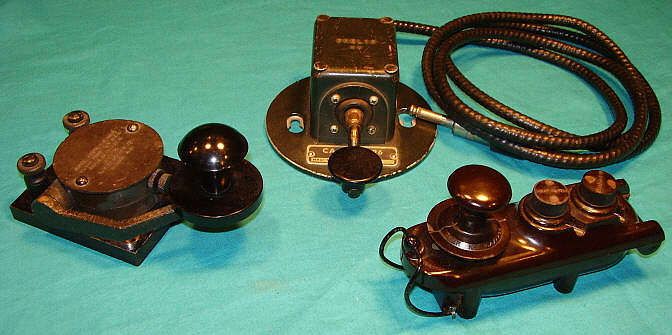
I had a QSO the other day with a gentlemen who was using a Navy flame-proof key. I had heard of the flame-proof key and knew that it was a military straight key – but I never really thought about why it was called flame-proof. If you have a sending speed >50 wpm, do you need to worry about fire breaking out in the radio shack? Well… the real answer is a qualified yes. I found the answer while perusing the Western Historic RADIO MUSEUM’s web page.
Many of the military keys were used with transmitters that were cathode keyed and sometimes had significant voltage on the key itself. Also, other types of equipment may have voltage levels or current levels that could cause sparking when the key breaks contact. This could present a problem in areas where flammable fuel vapors might at times be present, such as airplanes, tanks or ships during or after an attack where fuel tanks or fuel lines may have been ruptured and leaking. The flame-proof key enclosed the contacts in a sealed chamber to prevent exposure of the possible sparking to any combustible vapors so it would be possible to radio for help. The J-5-A on the left is a Signal Corps key that was introduced in the thirties but was built for many years, in fact the one shown is from WWII – built by L.B. Brach Mfg. Co. The key in the center is a Navy flame-proof key, the CAQZ-26026 built by Brelco Co. The key on the right is a British “Bath Tub” flame-proof key that is made out of bakelite. The bale clamp holds the upper part of the key (which has all of the key parts) down into the tub. There are many other types of flame-proof keys but all accomplish the same thing, isolation of the key contacts to prevent exposure of possible sparking to a combustible vapor.
… I am curious if the military actually learned this the hard way, deciding to encase the contacts only after an explosion or fire had occurred.
